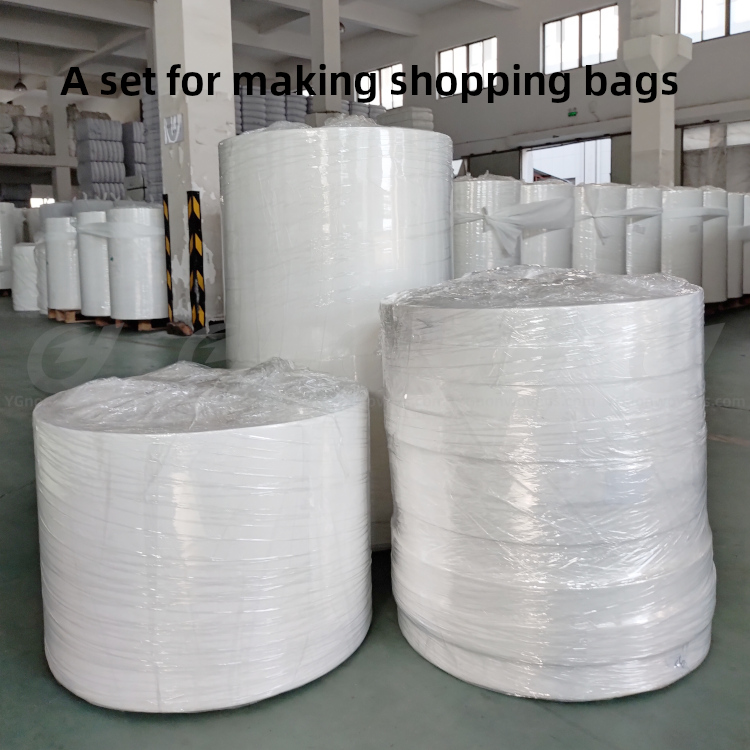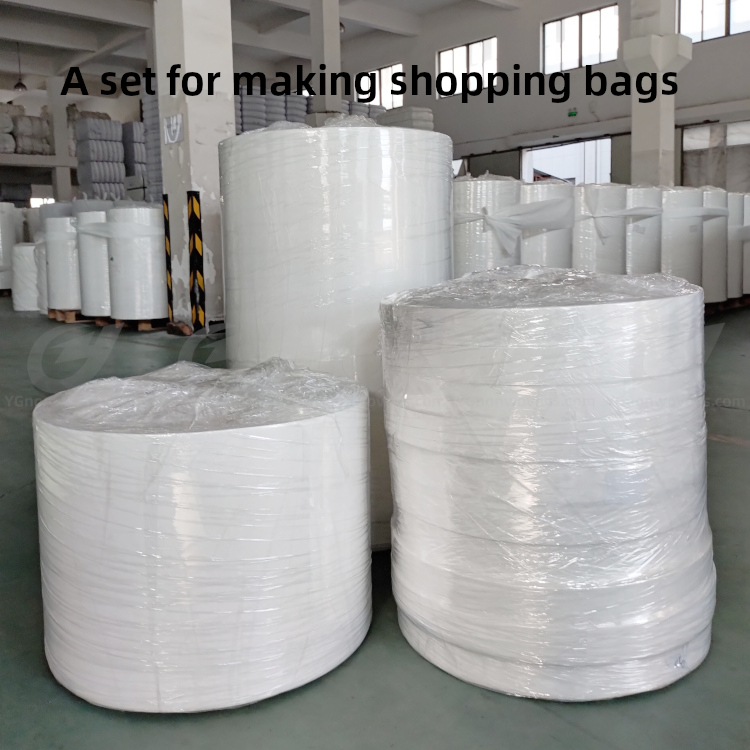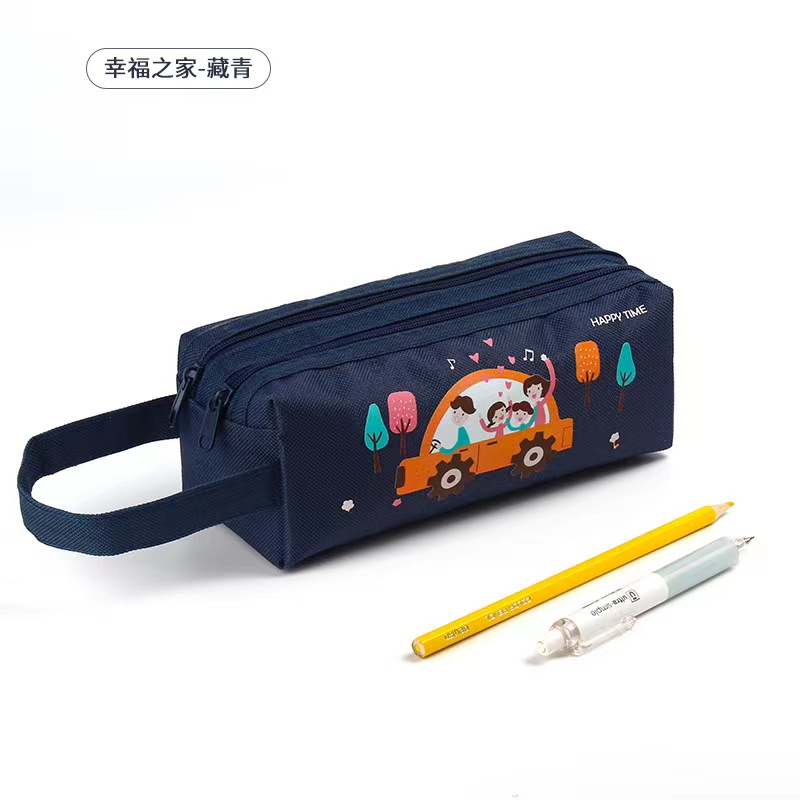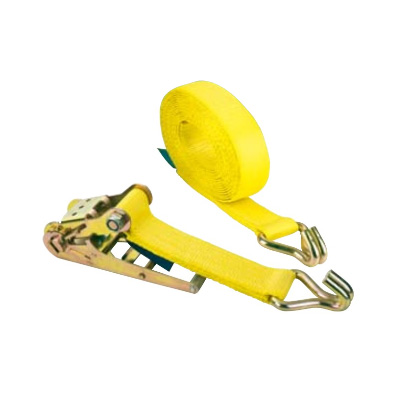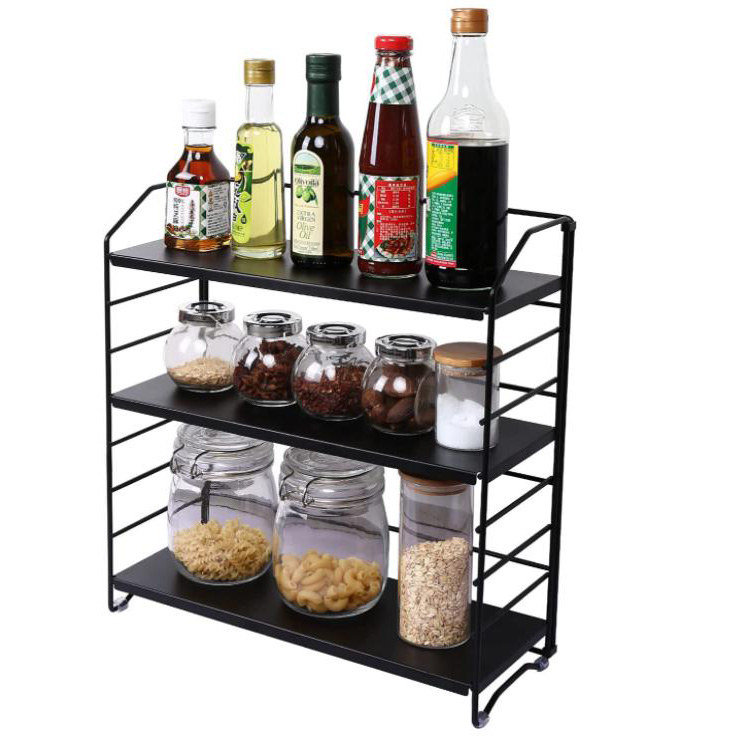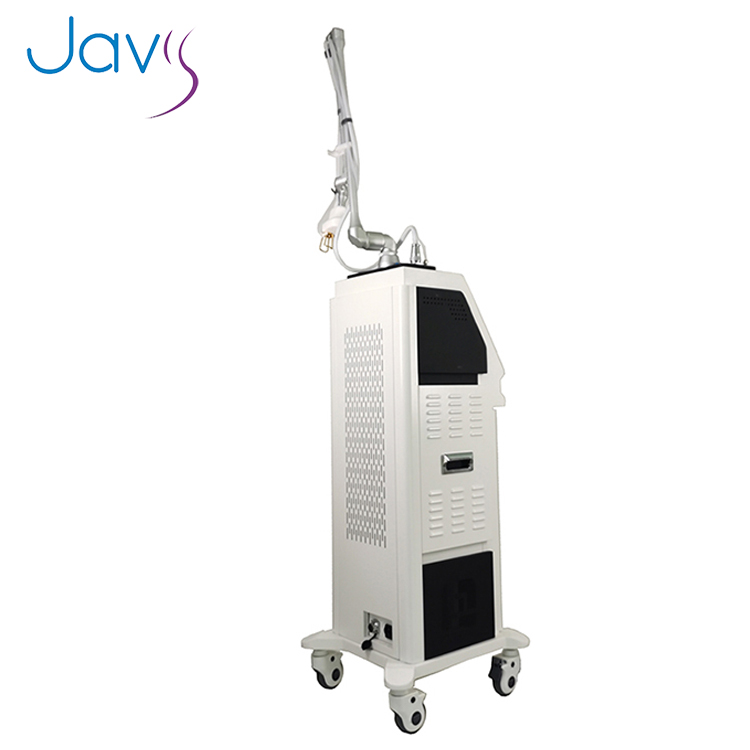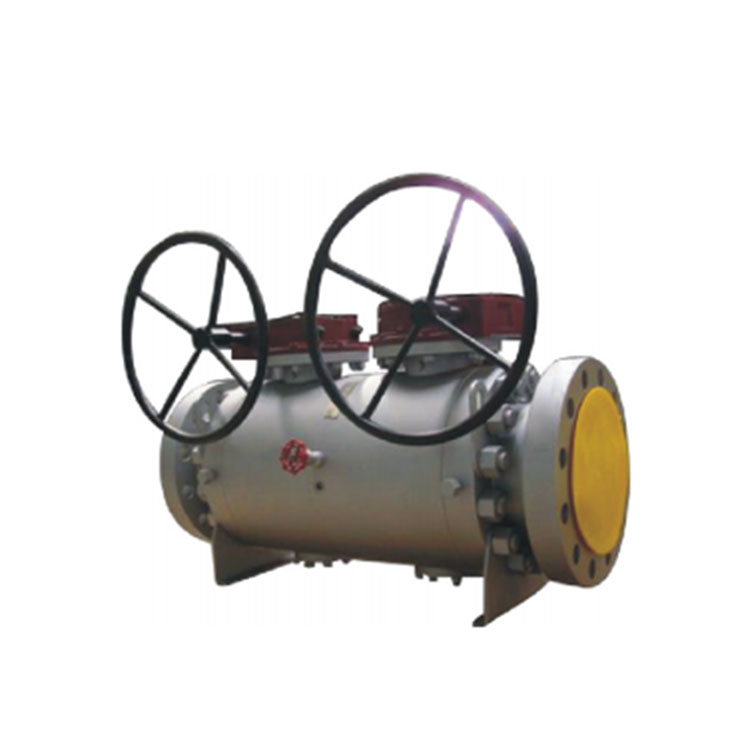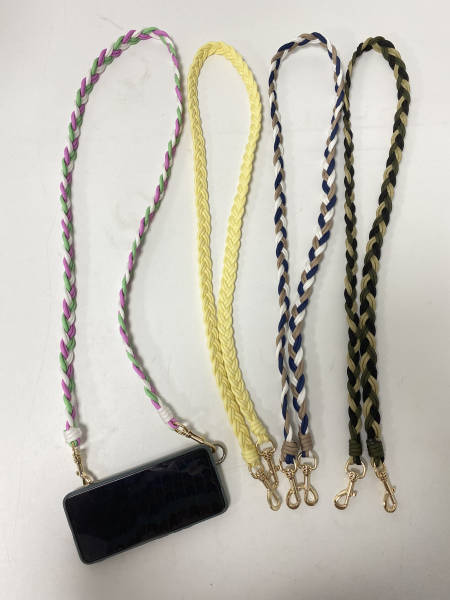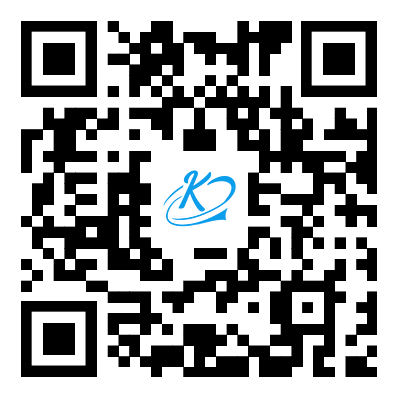What is the process of recycling PET bottles into RPET nonwoven fabric for shopping bags
The process of recycling PET (Polyethylene Terephthalate) bottles into RPET (Recycled Polyethylene Terephthalate) nonwoven fabric for shopping bags involves several stages of collection, sorting, processing, and manufacturing. Here's an overview of the key steps in this recycling process:1. Coll......
Send Inquiry
Product Description
The process of recycling PET (Polyethylene Terephthalate) bottles into RPET (Recycled Polyethylene Terephthalate) nonwoven fabric for shopping bags involves several stages of collection, sorting, processing, and manufacturing. Here's an overview of the key steps in this recycling process:
1. Collection and Sorting:
- Collection bins: Used PET bottles are collected from various sources, including households, businesses, and recycling centers.
- Sorting: Bottles are sorted to remove contaminants such as caps, labels, and other non-PET materials. This can be done manually or using automated sorting equipment.
2. Cleaning and Shredding:
- Washing: The sorted PET bottles are thoroughly cleaned to remove any residual liquids, dirt, or contaminants. This washing process helps prepare the bottles for recycling.
- Shredding: Cleaned bottles are then shredded into small pieces, often referred to as "flakes." These flakes are the raw material for the production of RPET nonwoven fabric.
3. Melting and Extrusion:
- Melting: The PET flakes are melted at high temperatures, turning them into a viscous liquid.
- Extrusion: The molten PET is extruded through a fine spinneret to create long strands, which are then rapidly cooled to form solid PET fibers. These fibers can be further processed into nonwoven fabric using various techniques.
4. Web Formation:
- Bonding: PET fibers are laid out in a web formation, where they randomly interlace and overlap. Depending on the desired properties of the fabric, additional bonding methods may be used. Common bonding techniques include thermal bonding (heat), chemical bonding (adhesives), or mechanical bonding (needle-punching).
5. Finishing:
- Calendering: In some cases, the nonwoven fabric may undergo calendering, a process that involves passing the material through heated rollers to improve its surface texture and appearance.
- Coating: Depending on the intended use, the fabric may be coated with protective or decorative finishes to enhance its performance and aesthetics.
6. Cutting and Sewing:
- After the nonwoven fabric is produced, it is cut and sewn into the desired shapes and sizes for making shopping bags. Handles and other features may be added during the sewing process.
7. Quality Control:
- Quality checks are performed throughout the manufacturing process to ensure that the RPET nonwoven fabric meets the required standards for strength, durability, and appearance.
8. Packaging and Distribution:
- Once the nonwoven fabric is transformed into shopping bags, it is packaged and distributed to retailers or businesses for sale or distribution to consumers.
The recycling of PET bottles into RPET nonwoven fabric is an eco-friendly and sustainable process that reduces the environmental impact of plastic waste. It helps divert PET bottles from landfills and contributes to the creation of products with a reduced carbon footprint. This closed-loop recycling process exemplifies the principles of the circular economy by reusing materials to create new, useful products.
